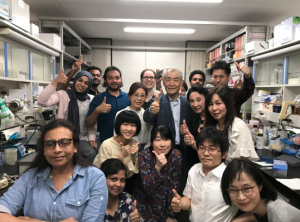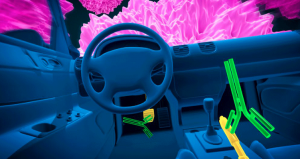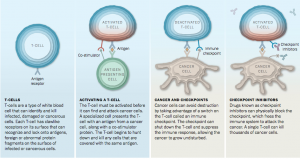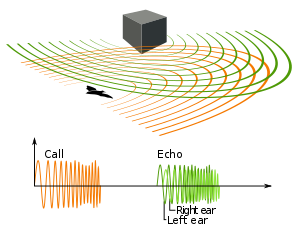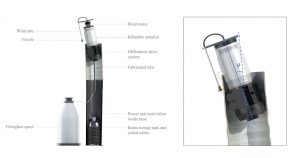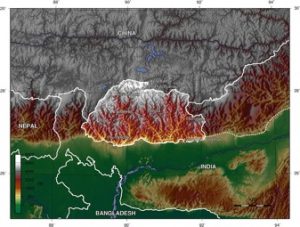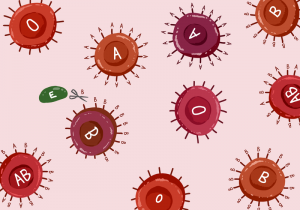What would you say if I told you that there are brain-eating amoebas lurking in warm bodies of water, capable of entering your body through your nose? Would you ask what an amoeba is? Would you ask why it wants to eat your brain? Would you decide to boycott outdoor water parks for the rest of your life?
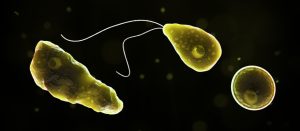
Naegleria fowleri
Credit: Wikimedia Commons. This image is part of the public domain.
Not to worry, these amoebas do not intentionally set out to eat your brain. However, they are capable of causing a fatal infection upon entering a human body, so it is important to be aware of their existence as well as practices that can help prevent disease.
First, some background information. An amoeba is a single-celled organism that is capable of moving around by projecting pseudopodia or “false feet”. It can use its cell membrane to engulf food particles through a process called phagocytosis.
More specifically, the “zombie amoeba” itself is a species called Naegleria fowleri. It was first discovered in Australia in 1965.
Naegleria fowleri thrives in warm waters – it can survive in temperatures of 45 degrees Celsius! Areas in which the organism is commonly found include warm lakes or ponds, mud puddles, slowly moving rivers, pools or spas that are not chemically treated, hot springs, aquariums and soil. Some good news, however: Naegleria fowleri cannot survive in salt water or in swimming pools that are correctly chemically treated, so you don’t have to stop frequenting your local swimming pools or the beach.
Click on the video below for more information about Naegleria fowleri:

Credit: Centers for Disease Control and Prevention, Wikimedia Commons. This work is in the public domain.
As stated previously, the term “zombie amoeba” is actually slightly misleading, as the organism does not actively seek out human brains as a food source. According to the Centers for Disease Control and Prevention, Naegleria fowleri normally feeds on bacteria. The organism may enter the nose during activities such as swimming and diving. Once it has entered, the amoeba travels to the brain where it feeds on brain tissue, causing swelling and ultimately, death.
These infections occur most frequently in the southern United States during warmer months. The name of the infection itself is primary amebic meningoencephalitis (PAM), the symptoms of which are: headache, fever, nausea, vomiting, neck stiffness, confusion, balance problems and seizures or hallucinations. Rapid progression of the disease can lead to death within an average of 5 days.

Changes observed in body tissue as a result of PAM. Source: Wikimedia Commons. This Image is part of the public domain.
However, according to the CDC:
“Naegleria fowleri infections are rare. In the 10 years from 2008 to 2017, 34 infections were reported in the U.S. Of those cases, 30 people were infected by recreational water, 3 people were infected after performing nasal irrigation using contaminated tap water, and 1 person was infected by contaminated tap water used on a backyard slip-n-slide.”
To prevent infection, the CDC recommends focusing on keeping water from entering your nose by abstaining from diving headfirst into water or submerging your head. As well, it is a good idea to avoid stagnant bodies of water. There is no effective treatment for PAM at the moment, so more research needs to be done so that this disease can be stopped from claiming more lives.
Maya Liepert


